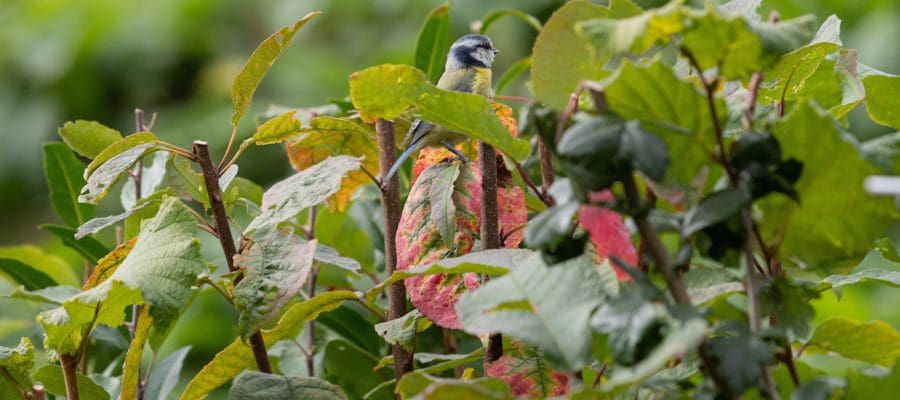*Main picture credit: Shaun Fellows at Shine Pix ltd
The number of British birds in our towns, cities and countryside is declining at a worrying rate – and we need to do more to support them to avoid a crisis for our gardens and for biodiversity, says organic gardening charity Garden Organic
Over the last 50 years, more than 38 million birdsⁱ have disappeared from British skies and gardens. The once common Starling is now so rare that it is on the UK Red List for birds.
Garden Organic says to avoid having empty gardens devoid of life, we must help to protect them by providing habitats, shelter and food. Birds are important for sustainable growing, pollinating plants, spreading seed, aerating and fertilising soil, and helping to control insects that destroy our food crops. Without them, our crops will suffer.
“Winter is a particularly tough time for our garden birds as food supplies are scarcer. Snow, frost and flooding make it harder to find the food that is there, and shorter days means they have less time to hunt for food,” says head gardener Emma O’Neill.
“Planting berry-rich shrubs and trees is the key to providing food and shelter long-term – and a ready supply of clean water is essential in winter for bathing and drinking. A small pond is ideal, but an upturned bin lid, small bowl or shallow plant container will also be fine. Ensure you keep them ice-free when it’s really cold.”
In the shorter term, Emma suggests making your own inexpensive bird feeder from natural materials and filling it with nutritious seed to help them survive the winter.
How to make your pinecone feeder

You will need:
• String
• Scissors
• Large pinecone
• Bird seed
• Solid vegetable oil, such as Trex
What to do:
• Cut a length of string to about 30cm (12in).
• Tie the string around the pinecone and then tie the two ends of the string together to create a loop.
• Mix some bird seed with the vegetable oil in a small dish.
• Use your fingers or a teaspoon to push as much seed into the gaps in the cone as you can.
• Hang it up in your garden and enjoy watching the hungry birds having a feast.
For more information of making your garden attractive to birds and other wildlife go to: https://www.gardenorganic.org.uk/expert-advice/garden-management/wildlife-gardening





